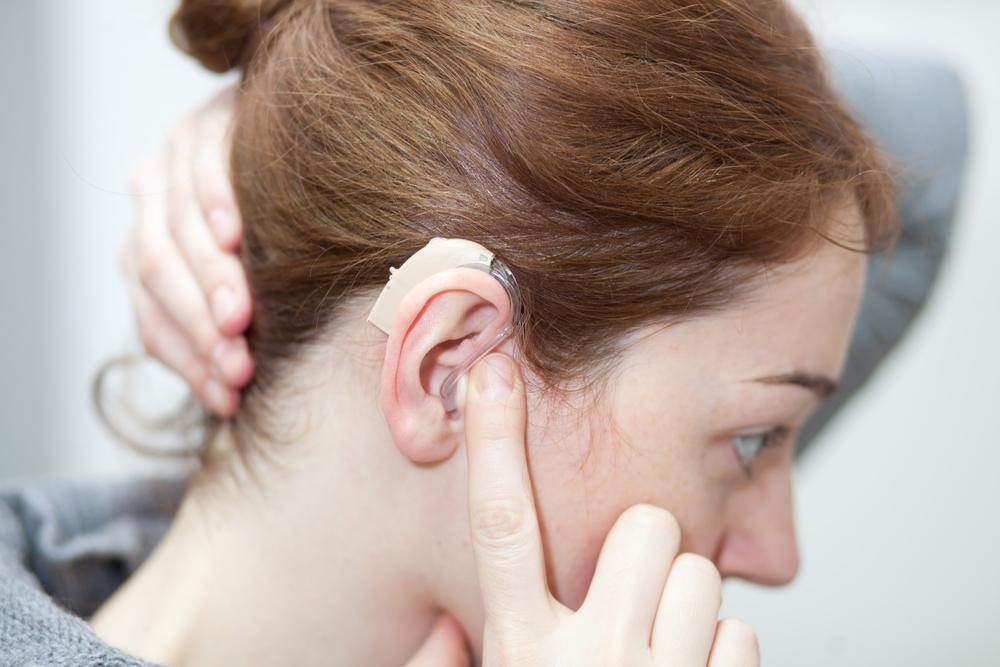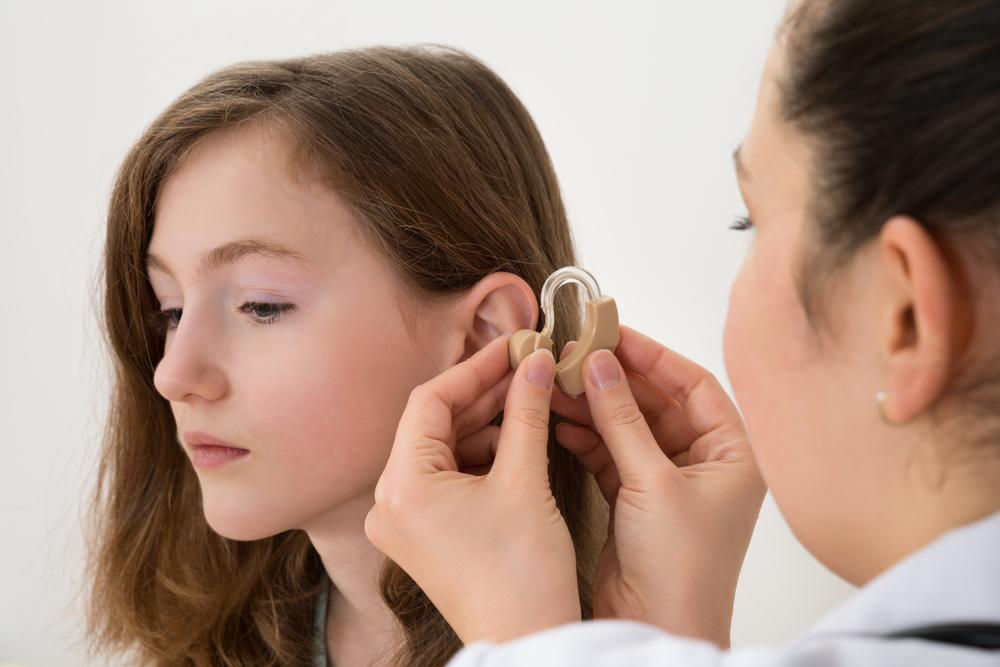Comprehensive Guide to Choosing the Perfect Hearing Aids and Batteries
This comprehensive guide explores essential considerations for selecting the ideal hearing aids and batteries. It covers hearing loss levels, device types, rechargeable options, and tips for maintaining battery life. By understanding these factors and consulting professionals, users can improve hearing clarity, comfort, and device longevity, ensuring a better auditory experience tailored to their needs.

Comprehensive Guide to Choosing the Perfect Hearing Aids and Batteries
Selecting the appropriate hearing aid can be a complex process due to the wide variety of brands, models, and features available on the market today. For individuals experiencing hearing difficulties, making an informed choice is essential to enhance hearing clarity, comfort, and overall quality of life. This extensive guide aims to provide valuable insights into key considerations when choosing hearing aids and batteries, helping you make confident decisions tailored to your specific hearing needs.
Understanding your level of hearing loss is the first step in selecting the right device. Hearing loss varies from mild to profound, and each level requires a suitable technology that delivers optimal sound clarity. For mild to moderate hearing impairments, digital hearing aids are generally recommended due to their advanced signal processing capabilities, which offer clearer audio and minimize background noise. For more severe impairments, specialized models with higher amplification power may be necessary to ensure better hearing support.
The type of hearing aid device is another crucial factor. There are several main categories, including behind-the-ear (BTE), in-the-ear (ITE), in-the-canal (ITC), and completely-in-the-canal (CIC) models. Each design offers distinct benefits and drawbacks. For example, BTE models are highly durable and suitable for various degrees of hearing loss, while CIC devices are discreet and minimally noticeable. Your lifestyle, comfort preferences, and aesthetic considerations should all influence your choice of device type.
Battery options are integral to overall device performance and usability. Hearing aid batteries come in various sizes, commonly labeled as 10, 312, 13, and 675. Smaller batteries like 10 and 312 are suitable for compact devices, providing portability and convenience for discreet wear. Larger batteries, such as 13 and 675, offer extended usage time and greater power, making them suitable for larger devices that require more energy. Your choice of battery size will depend on your hearing aid's design and your daily usage patterns.
Advancements in technology have introduced rechargeable batteries as a sustainable alternative to traditional disposable ones. Rechargeable hearing aids eliminate the need for frequent battery replacements, offering a cost-effective and environmentally friendly solution. To maximize battery lifespan, it is important to store these batteries in cool, dry environments, away from direct sunlight and heat sources. Proper maintenance and storage techniques help preserve battery efficiency and ensure consistent device performance.
Moreover, comparing different products online allows you to evaluate features, prices, and reviews comprehensively. Consulting with audiologists or hearing care professionals can provide personalized recommendations based on your hearing profile, lifestyle, and budget. They can also assist in fitting and programming your hearing aids for optimal performance.
In summary, selecting the right hearing aid and batteries involves understanding your hearing loss degree, choosing an appropriate device type, considering battery size and power needs, and leveraging technological innovations like rechargeability. By taking these factors into account and seeking professional guidance, you can find a hearing solution that significantly improves your auditory experience and quality of life.





